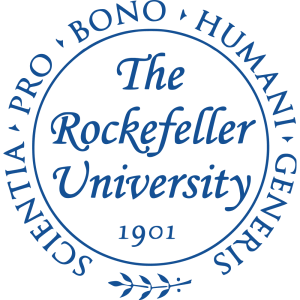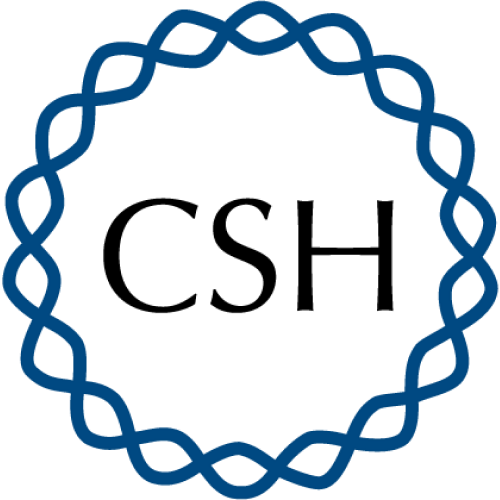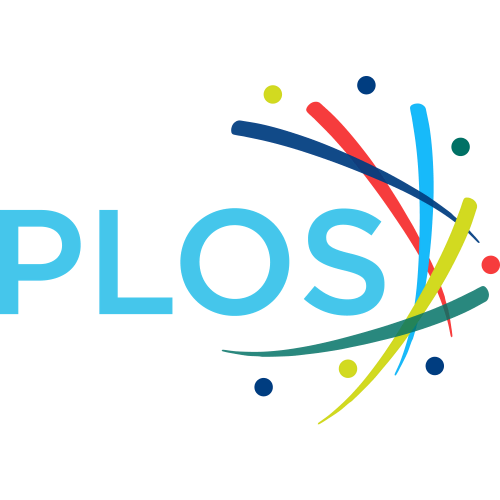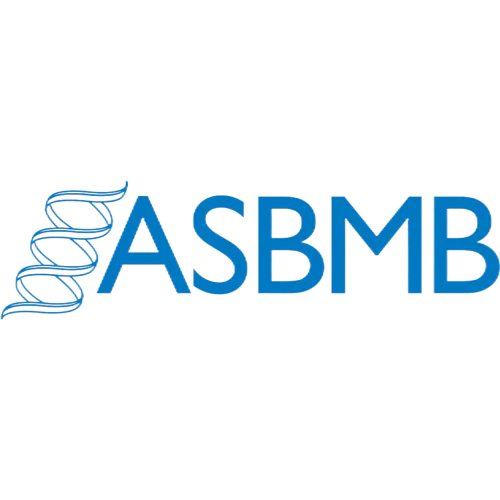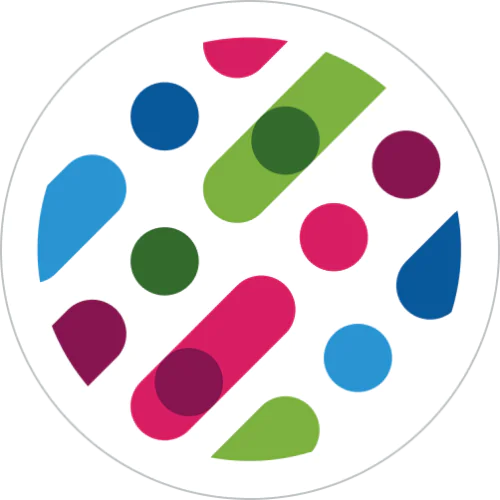Nanobodies from camelid mice and llamas neutralize SARS-CoV-2 variants
Jianliang Xu
1
,
Kai Xu
2, 3
,
Seolkyoung Jung
1
,
ANDREA CONTE
1
,
Jenna Lieberman
1
,
Frauke Muecksch
4
,
Julio C.C. Lorenzi
5
,
Solji Park
1
,
Fabian Schmidt
4
,
Zijun Wang
5
,
Yaoxing Huang
6
,
Yang Luo
6
,
Manoj Kumar Mohan Nair
6
,
Pengfei Wang
6
,
Jonathan E. Schulz
7
,
Lino Tessarollo
8
,
Tatsiana Bylund
2
,
Gwo-Yu Chuang
2
,
Adam S Olia
2
,
Tyler Stephens
9
,
I-Ting Teng
2
,
Yaroslav Tsybovsky
9
,
Tongqing ZHOU
2
,
Vincent J. Munster
7
,
David W. T. Ho
6
,
Theodora Hatziioannou
4
,
Paul D. Bieniasz
4, 10
,
Michel C Nussenzweig
5, 10
,
Peter D. Kwong
2
,
Rafael Casellas
1, 11, 12
10
11
The NIH Regulome Project, NIH, Bethesda, USA
|
Publication type: Journal Article
Publication date: 2021-06-07
scimago Q1
wos Q1
SJR: 18.288
CiteScore: 78.1
Impact factor: 48.5
ISSN: 00280836, 14764687
PubMed ID:
34098567
Multidisciplinary
Abstract
Since the start of the COVID-19 pandemic, SARS-CoV-2 has caused millions of deaths worldwide. Although a number of vaccines have been deployed, the continual evolution of the receptor-binding domain (RBD) of the virus has challenged their efficacy. In particular, the emerging variants B.1.1.7, B.1.351 and P.1 (first detected in the UK, South Africa and Brazil, respectively) have compromised the efficacy of sera from patients who have recovered from COVID-19 and immunotherapies that have received emergency use authorization1–3. One potential alternative to avert viral escape is the use of camelid VHHs (variable heavy chain domains of heavy chain antibody (also known as nanobodies)), which can recognize epitopes that are often inaccessible to conventional antibodies4. Here, we isolate anti-RBD nanobodies from llamas and from mice that we engineered to produce VHHs cloned from alpacas, dromedaries and Bactrian camels. We identified two groups of highly neutralizing nanobodies. Group 1 circumvents antigenic drift by recognizing an RBD region that is highly conserved in coronaviruses but rarely targeted by human antibodies. Group 2 is almost exclusively focused to the RBD–ACE2 interface and does not neutralize SARS-CoV-2 variants that carry E484K or N501Y substitutions. However, nanobodies in group 2 retain full neutralization activity against these variants when expressed as homotrimers, and—to our knowledge—rival the most potent antibodies against SARS-CoV-2 that have been produced to date. These findings suggest that multivalent nanobodies overcome SARS-CoV-2 mutations through two separate mechanisms: enhanced avidity for the ACE2-binding domain and recognition of conserved epitopes that are largely inaccessible to human antibodies. Therefore, although new SARS-CoV-2 mutants will continue to emerge, nanobodies represent promising tools to prevent COVID-19 mortality when vaccines are compromised. Multivalent nanobodies against SARS-CoV-2 from mice engineered to produce camelid nanobodies recognize conserved epitopes that are inaccessible to human antibodies and show promise as a strategy for dealing with viral escape mutations.
Found
Nothing found, try to update filter.
Found
Nothing found, try to update filter.
Top-30
Journals
|
1
2
3
4
5
6
7
8
9
|
|
|
International Journal of Molecular Sciences
9 publications, 4.25%
|
|
|
Frontiers in Immunology
7 publications, 3.3%
|
|
|
Nature Communications
6 publications, 2.83%
|
|
|
mAbs
6 publications, 2.83%
|
|
|
Advanced Science
5 publications, 2.36%
|
|
|
Scientific Reports
5 publications, 2.36%
|
|
|
bioRxiv
5 publications, 2.36%
|
|
|
Communications Biology
3 publications, 1.42%
|
|
|
Journal of Nanobiotechnology
3 publications, 1.42%
|
|
|
International Journal of Biological Macromolecules
3 publications, 1.42%
|
|
|
PLoS ONE
3 publications, 1.42%
|
|
|
Antiviral Research
3 publications, 1.42%
|
|
|
Viruses
2 publications, 0.94%
|
|
|
Vaccines
2 publications, 0.94%
|
|
|
Frontiers in Microbiology
2 publications, 0.94%
|
|
|
Nature
2 publications, 0.94%
|
|
|
Cell Research
2 publications, 0.94%
|
|
|
Sensors and Actuators, B: Chemical
2 publications, 0.94%
|
|
|
Cell Reports
2 publications, 0.94%
|
|
|
Structure
2 publications, 0.94%
|
|
|
Journal of Biological Chemistry
2 publications, 0.94%
|
|
|
PLoS Pathogens
2 publications, 0.94%
|
|
|
Methods in Molecular Biology
2 publications, 0.94%
|
|
|
Proceedings of the National Academy of Sciences of the United States of America
2 publications, 0.94%
|
|
|
Drug Discovery Today
2 publications, 0.94%
|
|
|
Biomolecules
2 publications, 0.94%
|
|
|
Antibodies
2 publications, 0.94%
|
|
|
Human Antibodies
1 publication, 0.47%
|
|
|
Journal of General Virology
1 publication, 0.47%
|
|
|
1
2
3
4
5
6
7
8
9
|
Publishers
|
5
10
15
20
25
30
35
40
45
50
|
|
|
Elsevier
49 publications, 23.11%
|
|
|
Springer Nature
36 publications, 16.98%
|
|
|
Cold Spring Harbor Laboratory
27 publications, 12.74%
|
|
|
MDPI
19 publications, 8.96%
|
|
|
Wiley
16 publications, 7.55%
|
|
|
Frontiers Media S.A.
12 publications, 5.66%
|
|
|
American Chemical Society (ACS)
10 publications, 4.72%
|
|
|
Taylor & Francis
7 publications, 3.3%
|
|
|
Public Library of Science (PLoS)
5 publications, 2.36%
|
|
|
American Society for Microbiology
3 publications, 1.42%
|
|
|
Oxford University Press
3 publications, 1.42%
|
|
|
Ovid Technologies (Wolters Kluwer Health)
2 publications, 0.94%
|
|
|
American Society for Biochemistry and Molecular Biology
2 publications, 0.94%
|
|
|
Royal Society of Chemistry (RSC)
2 publications, 0.94%
|
|
|
Rockefeller University Press
2 publications, 0.94%
|
|
|
European Molecular Biology Organization
2 publications, 0.94%
|
|
|
Proceedings of the National Academy of Sciences (PNAS)
2 publications, 0.94%
|
|
|
IOS Press
1 publication, 0.47%
|
|
|
Microbiology Society
1 publication, 0.47%
|
|
|
Federation of American Societies for Experimental Biology (FASEB)
1 publication, 0.47%
|
|
|
American Association for the Advancement of Science (AAAS)
1 publication, 0.47%
|
|
|
American Institute of Mathematical Sciences (AIMS)
1 publication, 0.47%
|
|
|
eLife Sciences Publications
1 publication, 0.47%
|
|
|
Hindawi Limited
1 publication, 0.47%
|
|
|
Spandidos Publications
1 publication, 0.47%
|
|
|
Autonomous Non-profit Organization Editorial Board of the journal Uspekhi Khimii
1 publication, 0.47%
|
|
|
World Scientific
1 publication, 0.47%
|
|
|
Bentham Science Publishers Ltd.
1 publication, 0.47%
|
|
|
IMR Press
1 publication, 0.47%
|
|
|
Science in China Press
1 publication, 0.47%
|
|
|
5
10
15
20
25
30
35
40
45
50
|
- We do not take into account publications without a DOI.
- Statistics recalculated weekly.
Are you a researcher?
Create a profile to get free access to personal recommendations for colleagues and new articles.
Metrics
213
Total citations:
213
Citations from 2024:
68
(32%)
Cite this
GOST |
RIS |
BibTex |
MLA
Cite this
GOST
Copy
Xu J. et al. Nanobodies from camelid mice and llamas neutralize SARS-CoV-2 variants // Nature. 2021. Vol. 595. No. 7866. pp. 278-282.
GOST all authors (up to 50)
Copy
Xu J., Xu K., Jung S., CONTE A., Lieberman J., Muecksch F., Lorenzi J. C., Park S., Schmidt F., Wang Z., Huang Y., Luo Y., Mohan Nair M. K., Wang P., Schulz J. E., Tessarollo L., Bylund T., Chuang G., Olia A. S., Stephens T., Teng I., Tsybovsky Y., ZHOU T., Munster V. J., Ho D. W. T., Hatziioannou T., Bieniasz P. D., Nussenzweig M. C., Kwong P. D., Casellas R. Nanobodies from camelid mice and llamas neutralize SARS-CoV-2 variants // Nature. 2021. Vol. 595. No. 7866. pp. 278-282.
Cite this
RIS
Copy
TY - JOUR
DO - 10.1038/s41586-021-03676-z
UR - https://doi.org/10.1038/s41586-021-03676-z
TI - Nanobodies from camelid mice and llamas neutralize SARS-CoV-2 variants
T2 - Nature
AU - Xu, Jianliang
AU - Xu, Kai
AU - Jung, Seolkyoung
AU - CONTE, ANDREA
AU - Lieberman, Jenna
AU - Muecksch, Frauke
AU - Lorenzi, Julio C.C.
AU - Park, Solji
AU - Schmidt, Fabian
AU - Wang, Zijun
AU - Huang, Yaoxing
AU - Luo, Yang
AU - Mohan Nair, Manoj Kumar
AU - Wang, Pengfei
AU - Schulz, Jonathan E.
AU - Tessarollo, Lino
AU - Bylund, Tatsiana
AU - Chuang, Gwo-Yu
AU - Olia, Adam S
AU - Stephens, Tyler
AU - Teng, I-Ting
AU - Tsybovsky, Yaroslav
AU - ZHOU, Tongqing
AU - Munster, Vincent J.
AU - Ho, David W. T.
AU - Hatziioannou, Theodora
AU - Bieniasz, Paul D.
AU - Nussenzweig, Michel C
AU - Kwong, Peter D.
AU - Casellas, Rafael
PY - 2021
DA - 2021/06/07
PB - Springer Nature
SP - 278-282
IS - 7866
VL - 595
PMID - 34098567
SN - 0028-0836
SN - 1476-4687
ER -
Cite this
BibTex (up to 50 authors)
Copy
@article{2021_Xu,
author = {Jianliang Xu and Kai Xu and Seolkyoung Jung and ANDREA CONTE and Jenna Lieberman and Frauke Muecksch and Julio C.C. Lorenzi and Solji Park and Fabian Schmidt and Zijun Wang and Yaoxing Huang and Yang Luo and Manoj Kumar Mohan Nair and Pengfei Wang and Jonathan E. Schulz and Lino Tessarollo and Tatsiana Bylund and Gwo-Yu Chuang and Adam S Olia and Tyler Stephens and I-Ting Teng and Yaroslav Tsybovsky and Tongqing ZHOU and Vincent J. Munster and David W. T. Ho and Theodora Hatziioannou and Paul D. Bieniasz and Michel C Nussenzweig and Peter D. Kwong and Rafael Casellas},
title = {Nanobodies from camelid mice and llamas neutralize SARS-CoV-2 variants},
journal = {Nature},
year = {2021},
volume = {595},
publisher = {Springer Nature},
month = {jun},
url = {https://doi.org/10.1038/s41586-021-03676-z},
number = {7866},
pages = {278--282},
doi = {10.1038/s41586-021-03676-z}
}
Cite this
MLA
Copy
Xu, Jianliang, et al. “Nanobodies from camelid mice and llamas neutralize SARS-CoV-2 variants.” Nature, vol. 595, no. 7866, Jun. 2021, pp. 278-282. https://doi.org/10.1038/s41586-021-03676-z.

